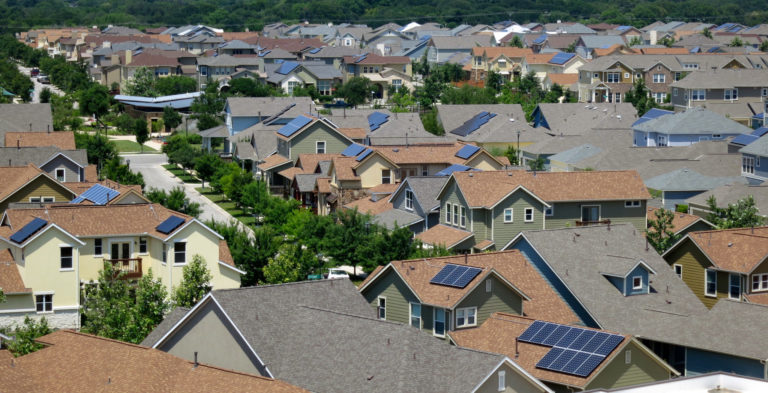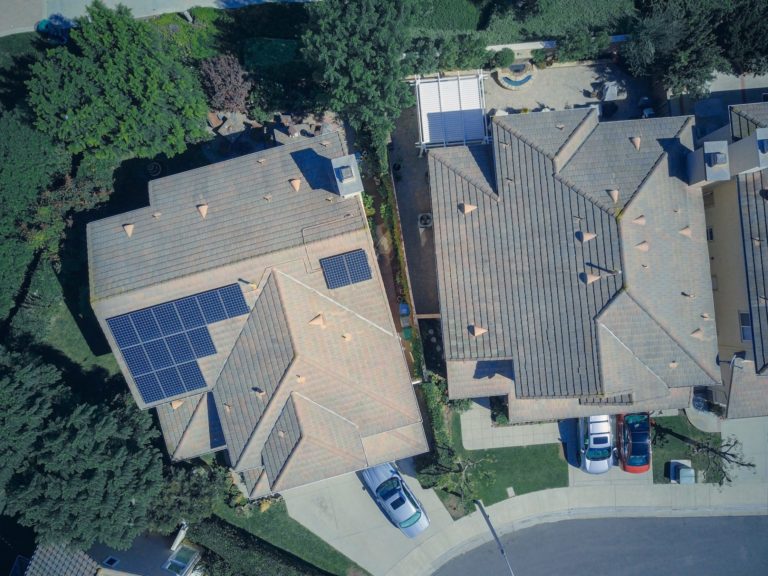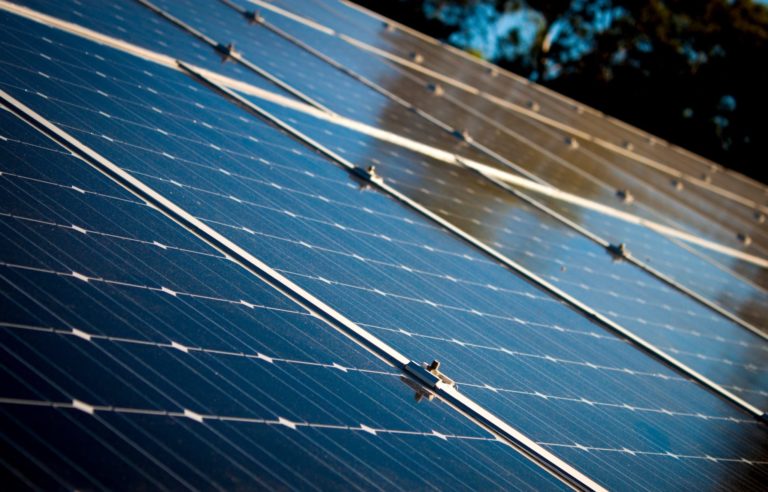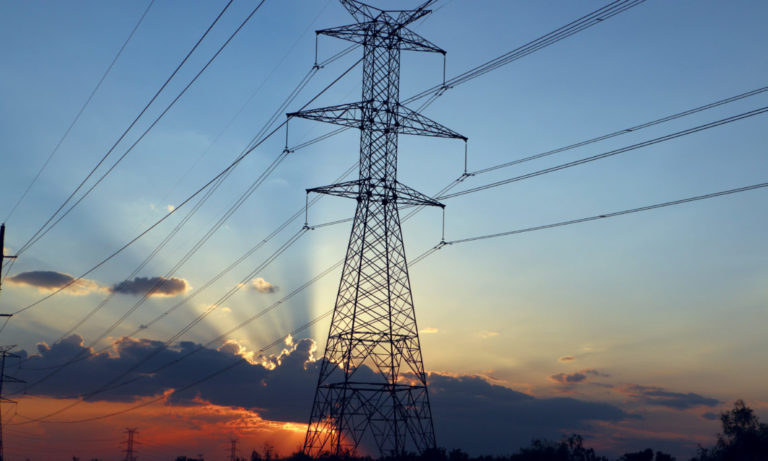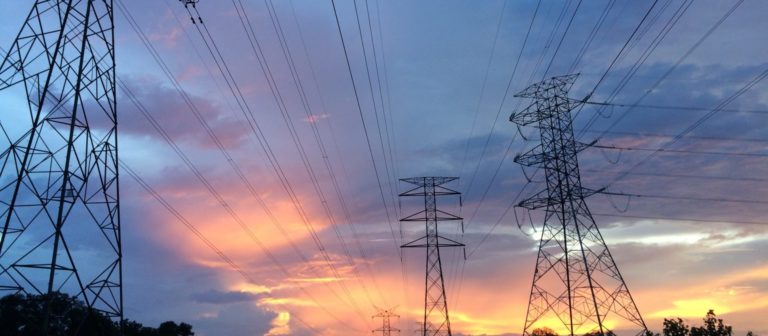June 13, 2022
Guest Blog
By Justin Schott, Project Manager of the Energy Equity Project at the Urban Energy Justice Lab
The University of Michigan School for Environment & Sustainability
Note: Justin Schott is project manager for the Energy Equity Project at the Urban Energy Justice Lab in the School for Environment & Sustainability. EEP was founded by Dr. Tony Reames and is working to create a standardized framework for equity measurement, reporting, and tracking that drives clean energy investment and impact for Black, Indigenous and People of Color (BIPOC) and frontline communities.
Energy justice is now a requirement for acceptance of federal funds, such as the infrastructure bill, and part of the standard formula for awards by at least 21 agencies. Requirements are proliferating at the state and even the municipal level, too, and various players are tracking these developments, including The New School’s Tishman Environment and Design Center, Illume Advising, and a collaboration between E9 Insight and Yale’s Center for Business and the Environment.
On one hand, this rapid shift to quantitatively define and measure equity is what many have been working toward — it is a victory we need to celebrate. No longer can an agency or a utility simply say it cares about equity or will “work closely with community partners.” Having measurable equity requirements gives mandates teeth and supplants the potential for equity washing with measurable accountability.
But measurement alone is only part of the journey, and in isolation, it may even be dangerous. In a post last year, Meredith Fowlie wrote “What gets measured will get managed. And possibly manipulated.”
Last May, the Energy Equity Project set out to create a national framework for measuring and advancing equity in clean energy programs and investments. Working with 45 energy equity leaders across a range of disciplines, from grassroots environmental justice advocates to regulators and utility staff, we identified a universe of 148 potential energy equity metrics. Our goal was to evaluate the value of each metric across four dimensions of equity:
- Recognition – Who is vulnerable, who is privileged, and how?
- Procedural – Who is at the table and what voice and power do they have in influencing planning, decision making, and implementation?
- Distributional – Who bears the brunt of the burdens, and who benefits, and how?
- Restorative – How can we rectify past injustices caused by the energy system and prevent future harms?
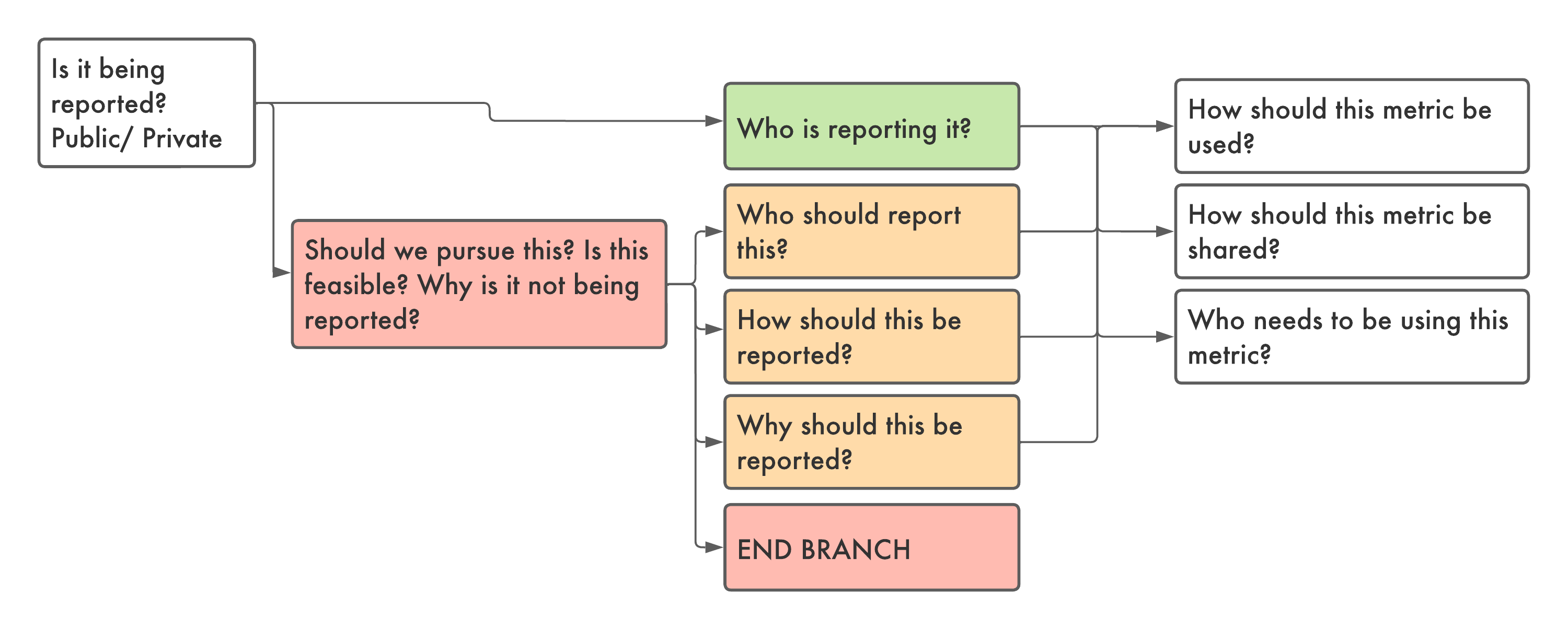
We assigned each metric to one of six categories:
- Included in the final EEP framework (data exists at the census tract level, nationally)
- Priority data gap
- Desire to create a rating scale based on qualitative assessment
- Shift to qualitative approach or best practice
- Abandon – limited or no potential due to spotty data, issues with geographic resolution or frequency of updating, or would require additional data procurement and manipulation
- Abandon – not an important reflection on energy equity
You can review a Google Sheet of our full matrix, but here’s a quick view and some takeaways:

- Only 29 of the proposed 148 metrics will be included in the quantitative database and national map with census tract scores. This means that the vast majority (87%) of potential metrics do not currently lend themselves to rigorous and consistent quantitative measurement.
- Most of the metrics included are demographic and fall within the recognition dimension; no procedural or restorative metrics were identified.
- For eight of the procedural metrics, there is a desire to create a rating scale. These include concepts like the ability to access a range of programs regardless of income and owner vs. renter status.
- 16 priority data gaps remain – these represent metrics like the rate of shutoffs by utility and by demographic variables like race. Some of this data exists, but there is not a comprehensive national dataset.
- We identified 27 proposed metrics that we reclassified as best practices.
- And finally, about a third of our proposed metrics were abandoned, either because they were not deemed of significant value by workgroup members or we see no future pathway to obtaining reliable and useful data.
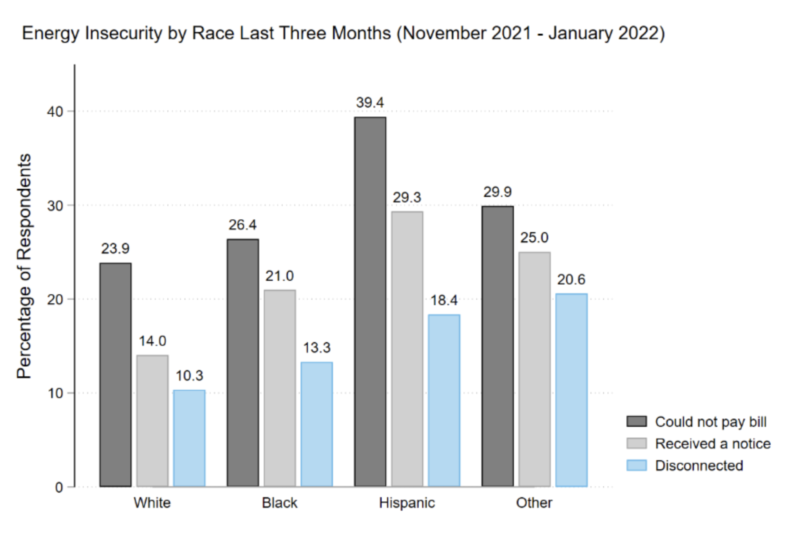
EEP will release the beta Energy Equity Framework and map this summer, including full write-ups of our assessment of each of these potential metrics and accompanying resources.
At their best, metrics mirror reality. After a year of intensive investigation, we now know that the mirror we can produce will always be blurry to a degree. We will continue to work on securing priority national data sets at the census tract level like shutoffs to add clarity, but this leaves us rethinking the ultimate role of equity metrics vs. best practices.
Even when high-quality metrics are available, the data itself is silent on how we should proceed. What are equitable targets for investments in energy efficiency, solar, and electric vehicles? What is an acceptable maximum percentage of income for people to pay (energy burden) to ensure energy is affordable? Is the Justice40 standard – ensuring 40% of the benefits are received by the 30% most disadvantaged communities –a sufficient target or does it not go far enough? Metrics are only useful for tracking progress once we establish targets determined by our values, policies, and institutions.

Equity metrics are most appropriate for the recognition dimension of energy equity – they can help us identify BIPOC, low-income, and frontline communities that historically have borne the highest burdens of fossil fuel energy systems. These communities deserve the lion’s share of the benefits of the clean energy transition, which we can measure using distributional metrics like who receives tax credits and financial incentives for solar and electric vehicles.
Metrics won’t, however, address concerns of procedural and restorative justice or the fundamental need to ensure that those most impacted by energy system and climate impacts have prominent seats at the decision-making table. Metrics won’t ensure that we are holistically considering utility accountability, community-owned energy generation and storage, or the importance of centering Indigenous communities and sovereignty in the future of our energy system.
Indeed, we believe in the power and potential of data to advance equity in the clean energy transition. The process of developing the Energy Equity Framework has also highlighted the importance of focusing on guiding principles and qualitative best practices, particularly given the data limitations that emerged. We look forward to more discussion, feedback, and applications of the framework when we release in the coming months.









